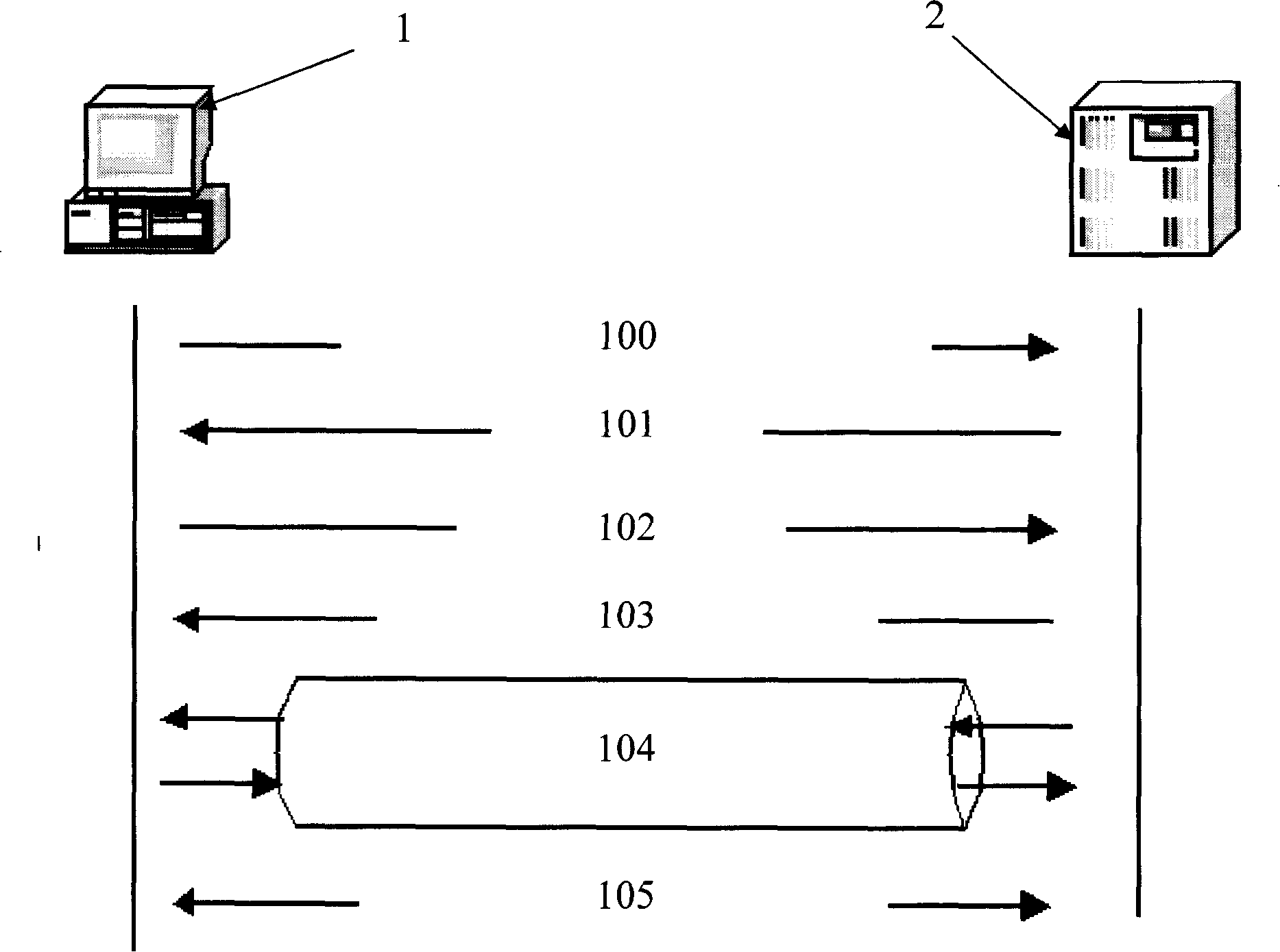PPPOE disconnection detection method based on network processor
A technology of network processor and detection method, which is applied in the direction of data exchange network, digital transmission system, electrical components, etc., can solve the problems of large amount of information, failure of operators to make recovery, impossible drop rate, etc., and achieve high application prospects Effect
- Summary
- Abstract
- Description
- Claims
- Application Information
AI Technical Summary
Problems solved by technology
Method used
Image
Examples
Embodiment Construction
[0037] At first, explain the key of the present invention: according to the processing flow after the PPPOE abnormal interruption of BAS server, utilize the data message capture function of network processor, make a series of corresponding judgments on this basis and process, specifically as follows:
[0038] 1. First, use the data packet capture mechanism mentioned above, apply it to the user port in need, detect and capture the PADT packet for the upstream data flow, if the PADT packet is captured, the internal global variable of the DSLAM is set, and then Uplink forwarding.
[0039]2. If after capturing the upstream PADT packet, after a period of time, the PADI packet is captured again, indicating that the upstream BAS does not respond to the type of PADT packet as described in Background Technology 3, and it was a normal PPPOE termination before, so the global variable is cleared. .
[0040] 3. At the same time, the downstream data flow also starts to capture PADT packets...
PUM
 Login to View More
Login to View More Abstract
Description
Claims
Application Information
 Login to View More
Login to View More - R&D
- Intellectual Property
- Life Sciences
- Materials
- Tech Scout
- Unparalleled Data Quality
- Higher Quality Content
- 60% Fewer Hallucinations
Browse by: Latest US Patents, China's latest patents, Technical Efficacy Thesaurus, Application Domain, Technology Topic, Popular Technical Reports.
© 2025 PatSnap. All rights reserved.Legal|Privacy policy|Modern Slavery Act Transparency Statement|Sitemap|About US| Contact US: help@patsnap.com


